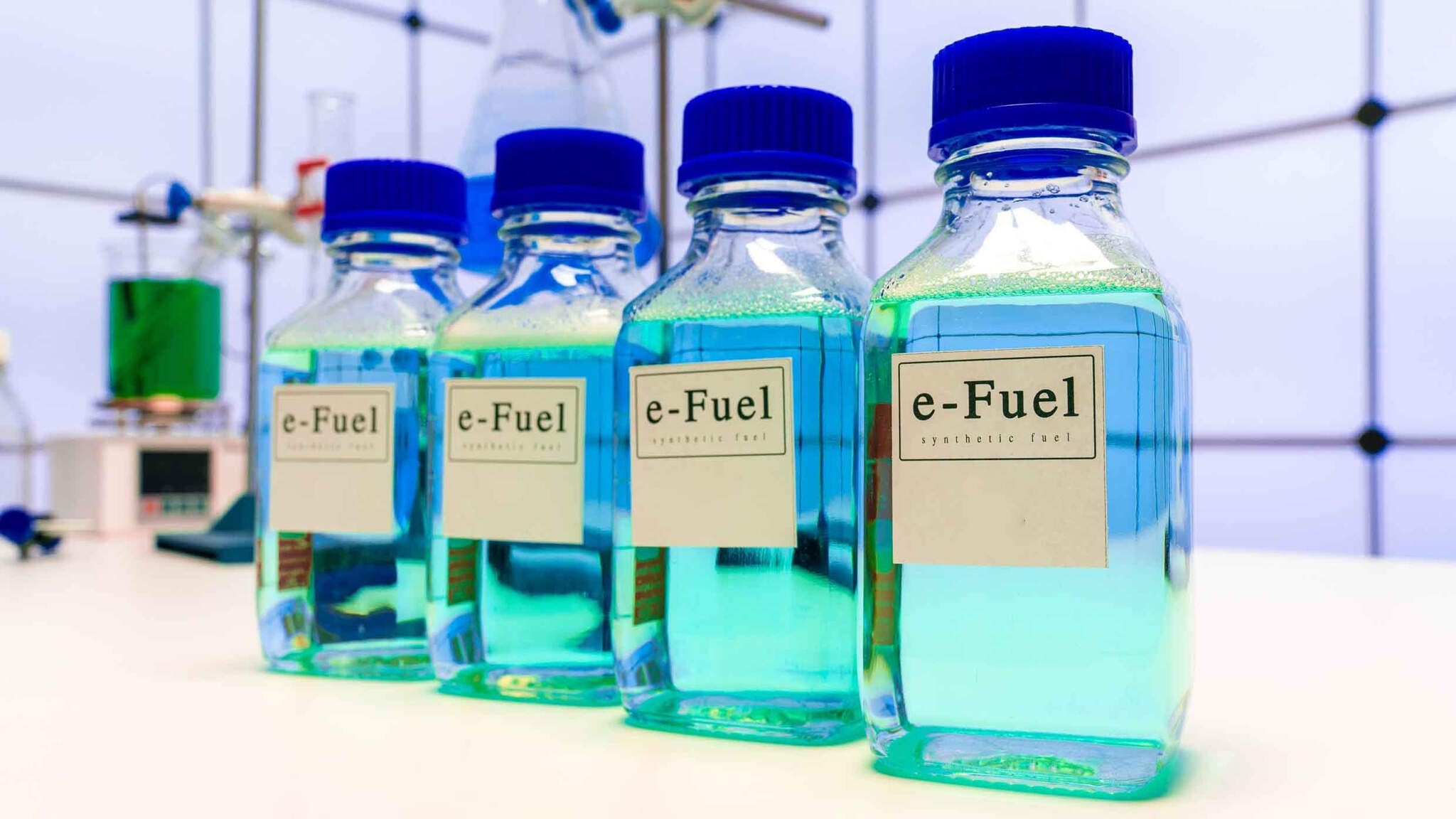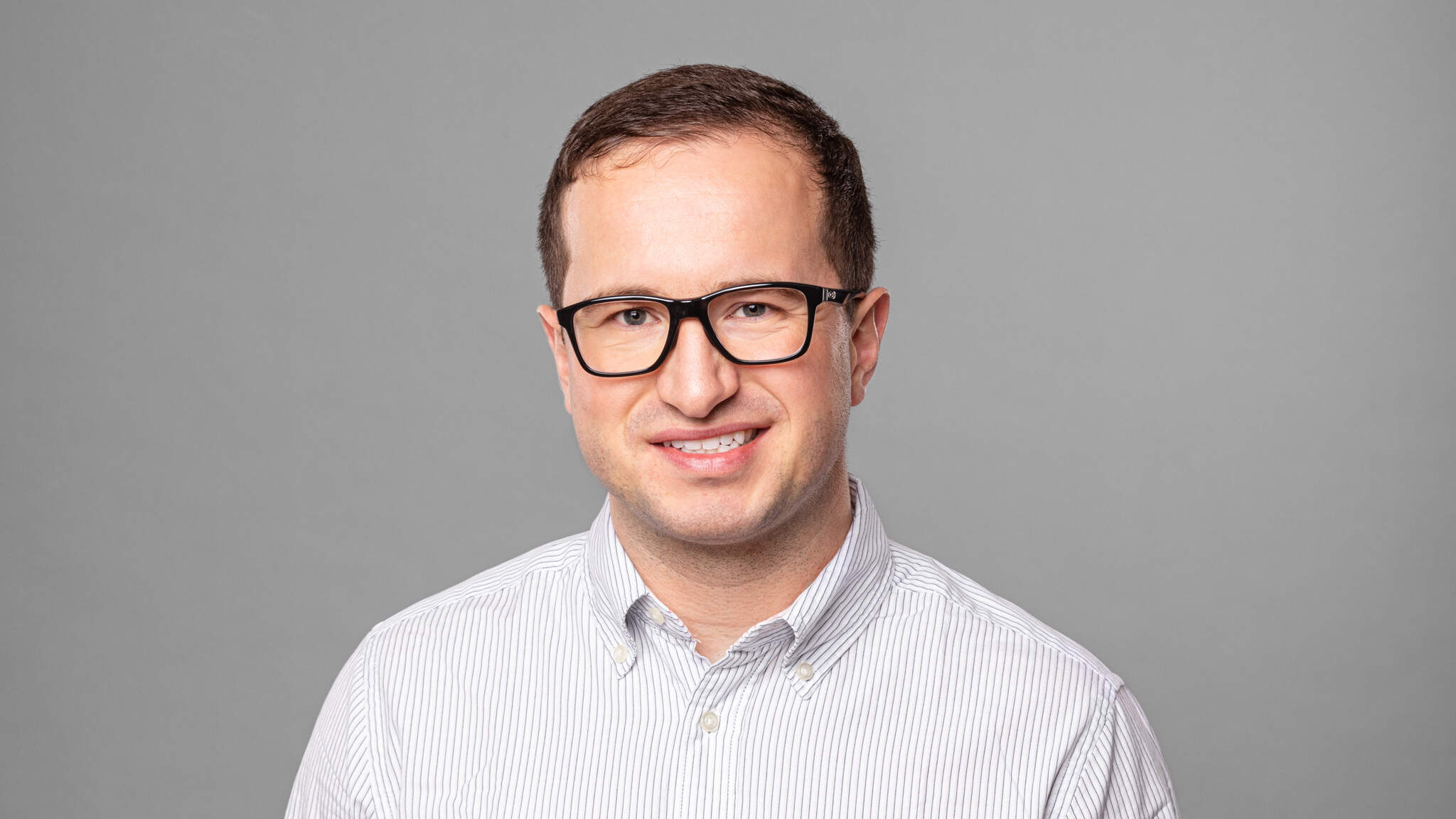Synfuels: A beacon of hope or a dead end?
From time to time, the debate over synfuels flares up in discussions on climate action in the transportation sector. Some see synthetically produced fuels as a valuable technology of the future, while others describe them as uneconomical and absurd.

Synfuels are gaseous or liquid fuels that can be produced using electric power. They are also referred to as power-to-X (PtX) fuels or power-to-liquid (PtL) or power-to-gas (PtG). The term powerfuels is sometimes used as well. At the EU level, synfuels are defined as renewable liquid and gaseous fuels of non-biological origin (RFNBO)—in other words, fuels produced with electricity generated from renewable sources (mainly solar and wind). The European Commission issued rules for the production of RFNBO in early 2023 as a supplement to the Renewable Energy Directive (RED II). Under these rules, nuclear energy will continue to not be considered renewable energy, but in the opinion of some EU member states, it should definitely play a role in the production of synfuels in the future. This issue is still under negotiation.
Energy-intensive production
Producing kerosene, diesel, and gasoline as synfuels generally relies on a century-old process called the Fischer-Tropsch process. In it, long hydrocarbon chains are formed from the synthesis gas—a mixture of hydrogen (H) and carbon monoxide (CO)—and the resulting “e-crude oil” can then be refined into fuels. For synfuels to qualify as “green,” the hydrogen must be produced using electricity generated from renewable sources in accordance with RED II. In general, this is done by means of electrolysis. The carbon monoxide must come from carbon dioxide (CO₂) previously extracted from the ambient air (direct air capture). Recent studies indicate that this entire process, including seawater desalination to meet the water demand for hydrogen production, results in the energy content of the e-crude oil being equivalent to only one-third or even less of the electricity used to make it. The subsequent refinery pro-cess then requires even more energy.
Recent studies indicate that this entire process, including seawater desalination to meet the water demand for hydrogen production, results in the energy content of the e-crude oil being equivalent to only one-third or even less of the electricity used to make it.
As a result, this option is considered highly energy-intensive and uneconomical compared with fossil fuels or the direct use of electricity in electric motors.

Use in air and sea transport
Nevertheless, synfuels produced using the Fischer-Tropsch process are currently the only way for the aviation industry to reduce CO₂ emissions on long-haul flights to almost zero. Along with biogenic sustainable aviation fuels (SAFs), e-kerosene is currently seen as the beacon of hope for the industry. The refinery process that creates e-kerosene also produces renewable diesel as a byproduct. Some believe that this means there might be a future for synfuels in road transport after all. However, this will not be the case in either the short or medium term, as the following figures illustrate: In Germany, e-kerosene production is expected to account for 2 percent of total production in 2030, or around 200,000 metric tons per year. This process would also generate around 100,000 metric tons of renewable diesel. Yet this corresponds to just 0.3 percent of Germany’s diesel consumption today. Due to its limited availability and significantly higher costs, renewable diesel will therefore be used only in special applications where there is no technical and economic alternative to the diesel engine, or as an admixture to fossil fuels, similar to today’s bioblends in gasoline and diesel.
Synfuels are in demand in the shipping industry as well. Today’s big cargo ships run on heavy oil, but soon they’ll be bunkering e-methanol (CH₄O). Container shipping company Maersk has already ordered 19 such ships. E-methanol is produced directly from green hydrogen and CO₂ in a separate process. Apart from the shipping industry, this product is mainly in demand in the chemical industry. Further processing into diesel is also possible, although again, this is very costly.
In addition to e-methanol, the shipping industry is focusing on e-ammonia (NH₃) over the long term. The engine technologies for this are not yet fully developed, and the fuel is highly toxic, so handling it makes sense only on large ships. Looking ahead, however, this synfuel could replace e-methanol in the coming decade. This is because producing e-ammonia requires green hydrogen but no CO₂. Instead, nitrogen (N) from the ambient air is used, in a process that is much more efficient than the capture of CO₂ molecules.
Synfuels are part of the new green hydrogen economy and thus a technology of the future that society urgently needs for the transformation to zero-emission technologies. However, they are produced in very different processes and are needed for widely different purposes—including in particular intercontinental energy transport and the decarbonization of maritime shipping and aviation. As things look today, synfuels will not play a major role in European road traffic.
